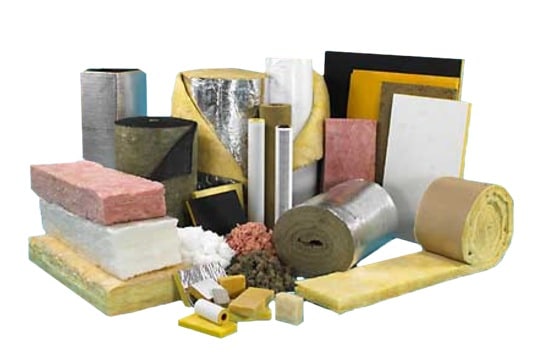Natural Insulation Materials: Sustainable and Effective
The Importance of Insulation
Insulation is a crucial component in buildings, helping to regulate temperature, reduce energy consumption, and create a comfortable indoor environment. Traditional insulation materials, such as fiberglass and foam, have long been used in construction. However, their production and disposal processes have significant environmental impacts.
Sustainable Alternatives
Fortunately, there are natural insulation materials available that offer sustainable alternatives. These materials are renewable, biodegradable, and have low embodied energy, making them environmentally friendly choices for insulation.
Cork
Cork is a popular natural insulation material known for its excellent thermal and acoustic properties. It is made from the bark of cork oak trees, which can be harvested without harming the tree. Cork insulation is highly durable and resistant to moisture, mold, and pests.
Hempcrete
Hempcrete is another eco-friendly insulation material made from the woody core fibers of the hemp plant mixed with lime and water. It is lightweight, breathable, and offers excellent thermal insulation. Hempcrete is also known for its carbon sequestration properties, as hemp plants absorb CO2 during their growth.
Benefits of Natural Insulation Materials
Using natural insulation materials in buildings provides several benefits:
Energy Efficiency
Natural insulation materials have excellent thermal properties, reducing heat transfer and improving energy efficiency. This, in turn, helps to lower heating and cooling costs.
Health and Indoor Air Quality
Unlike synthetic insulation materials, natural alternatives do not release harmful VOCs (volatile organic compounds) into the air. This promotes healthier indoor air quality and reduces the risk of respiratory issues.
Sustainability
Natural insulation materials are sourced from renewable resources and have minimal environmental impact. Their production processes are often more energy-efficient and generate fewer greenhouse gas emissions compared to traditional insulation materials.
Conclusion
Natural insulation materials offer sustainable and effective alternatives to traditional options. Cork and hempcrete are just two examples of eco-friendly materials that provide excellent thermal insulation while minimizing environmental impact. By choosing natural insulation materials, we can create healthier, more energy-efficient buildings and contribute to a greener future.
